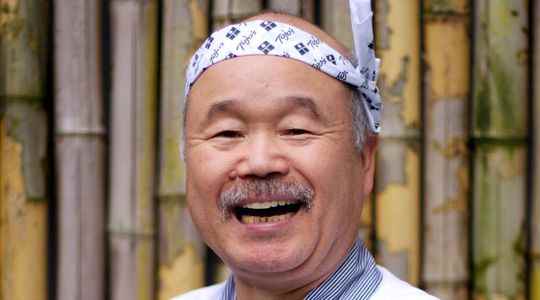If French gastronomy is rich in the diversity of its regions, that of Canada is based on a territory 18 times larger than that of France, bathed by three oceans and where extremes coexist – from the arid desert to British Columbia to the icy expanses of the Far North… The arrival of the first settlers from Europe in the 17th century gave its first foundations to Canadian cuisine, first of French influence, then British, until the middle of the 20th century. century. One of the first examples of this culinary dialogue between the outside world and Canada? The famous pea soup, introduced by Samuel de Champlain at the beginning of colonization – dried peas can be easily preserved – and subsequently grown in Canada. Popular and widespread, the dish will even be used for more than a generation by English speakers as a favorite expression to designate their French-speaking compatriots…
With the arrival of migrants from all over the world, Canadian cuisine has continued to improve over the decades. But according to chef Jean-Paul Grappe, originally from Dijon and professor emeritus of the Institut du tourisme et d’hôtellerie du Québec (ITHQ), it was still necessary to wait for the 1967 Universal Exhibition in Montreal for the Canada is experiencing a true gastronomic revolution. “This event allowed Canadians, and especially Quebecers, to forge a culinary identity,” he says. Proof of this passion for eating well, Canadians could wait hours to discover the dishes offered to them in the various national pavilions.
Maple syrup as inspiration
Likewise, this event has allowed foreign chefs to get to know the country and its local characteristics better, with maple syrup as one of the main sources of inspiration. An example: Alain Passard, from the three-starred restaurant l’Arpège, in Paris, and his mythical hot and cold egg with maple syrup.
Another flagship recipe imagined by an immigrant: the California Roll, created at the end of the 1970s by the famous chef Hidekazu Tojo, of Japanese origin, with his seaweed sheet hidden in the sushi to modify an appearance that did not please the North Americans. His restaurant in Vancouver is always a must for any foodie.
Today, Canadian culinary art takes on another dimension. According to chef Susur Lee, originally from Singapore, “It’s really the acceptance of multiculturalism. It’s what drives the way I cook. Here there is wide access to ingredients from all over the world, which allows for a great creativity. Canadian cuisine is more than just one thing, it’s its versatility that gives me the opportunity to share this experience with all communities.” A diversity that will no doubt underline the next Michelin Guide to Toronto, to be published in the fall.
The revival of indigenous cuisine
In fact, Canadian Indigenous cuisine is as diverse as the lands from which it draws its resources. Depending on the latitude, we will use elk, venison, bison, corn, squash-squash, wild rice and the famous bannock, which is in fact due to the Scots… We will draw from the millions of lakes a endless variety of fish such as whitefish and, in all three oceans, arctic char or cod whose rich east coast banks have been widely exploited by European fishermen throughout the centuries.
“There is no waste in this culture”
To better understand Indigenous gastronomy and its revival, Canadian chef Susur Lee explains: “It consists, in particular, in preserving the longevity of ingredients. The scarcity of food shapes cooking techniques such as smoking, salting and aging There is no waste in this culture. While these are ancient and traditional ways of preparing food, they remind us of the importance of forward thinking about the impact of waste in our everyday life.”
From then on, we better understand the approach of the new chefs from the First Nations like Norma Condo or Rich Francis, finalist of Top Chef Canada, who seek to develop a cuisine based on the ingredients present in the country before the arrival of the Europeans.
